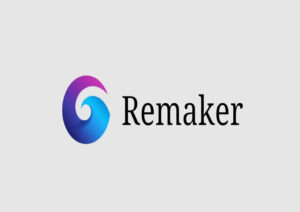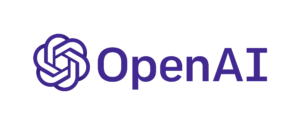Large language models (LLMs) are advanced deep learning models that are pre-trained on extensive datasets to understand and generate human language. These models, based on transformer architecture, consist of an encoder and a decoder with self-attention mechanisms, allowing them to process entire sequences in parallel and learn complex relationships between words and phrases.
LLMs are incredibly versatile and can perform various tasks such as answering questions, summarizing documents, translating languages, completing sentences, and even generating content based on input prompts in human language. They have the potential to revolutionize content creation, search engines, and virtual assistants by making accurate predictions with minimal input.
These models, like Open AI‘s GPT-3 and other variants, can have billions of parameters, enabling them to process massive amounts of data from sources like the internet, Common Crawl, and Wikipedia. LLMs have applications in copywriting, knowledge base answering, text classification, code generation, and text generation, making them valuable across industries like healthcare, finance, and entertainment.
LLMs work by representing words using multi-dimensional vectors (word embeddings) to capture relationships between words, allowing them to pre-process text and understand the context of words. Through training on vast corpora of text, LLMs learn grammar, semantics, and conceptual relationships, enabling them to generate coherent and contextually relevant language autonomously
In summary, large language models are at the forefront of natural language processing and artificial intelligence, reshaping how we interact with technology and access information. They operate by leveraging deep learning techniques, transformer architectures, and vast textual data to understand and generate human language effectively, making them a crucial component of the modern digital landscape.








